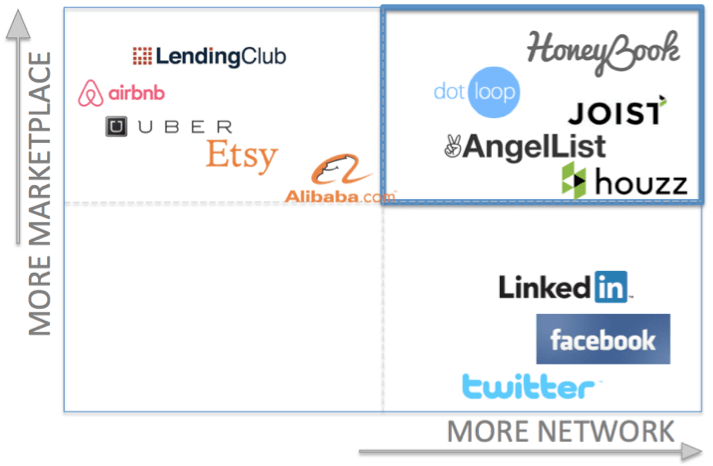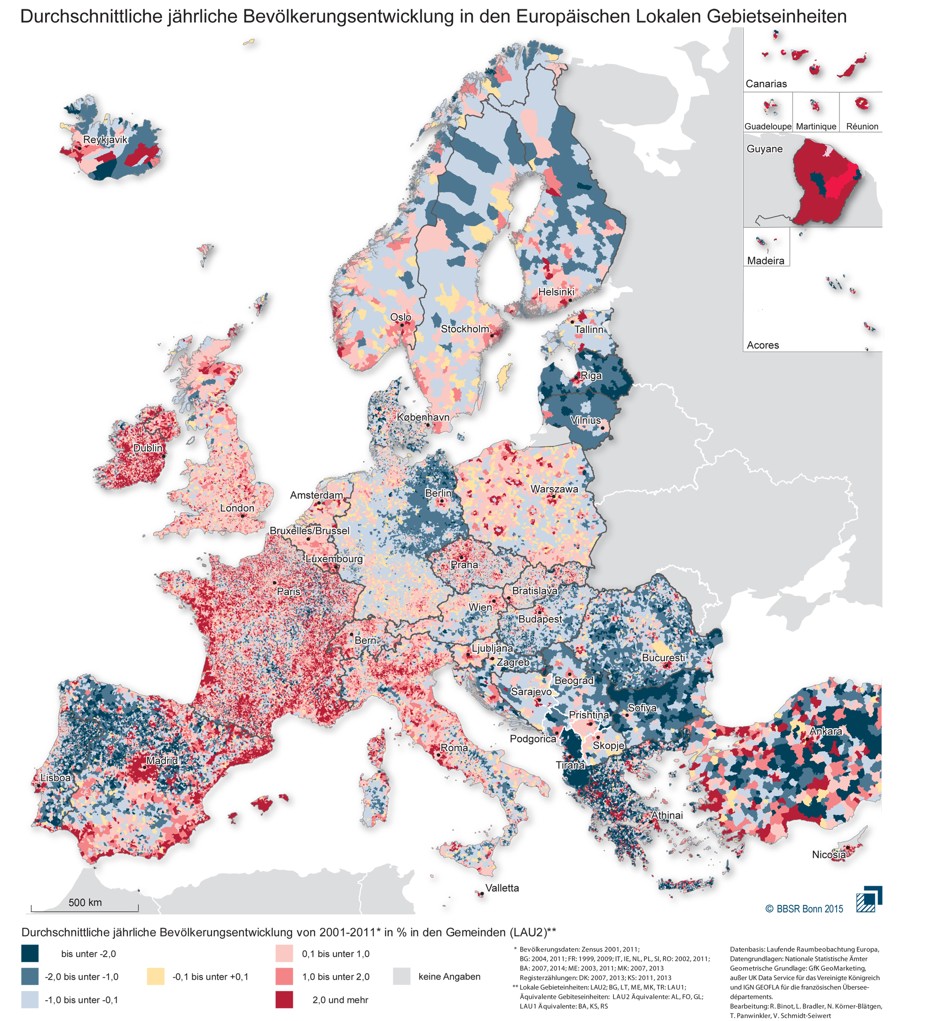.
Para trás fica o século XX. Contudo; muita gente ainda lá está mentalmente, ainda pensa segundo os modelos da produção e do consumo em massa. Foram moldados neste molde:
"The second industrial revolution is easiest to understand by thinking of Henry Ford and the assembly line. Henry pithily summed this up when he told customers they could choose any color for the Model T – as long as it was black. The assembly line made it efficient [Moi ici: That was the name of the game] to get a single product out to the masses."O pior é que esse molde ainda não foi partido, por isso gerações de futuros decisores continuam a ser formatadas nesse modelo.
.
No Estranhistão:
"During the second industrial revolution, it often took years to get from an idea to a finished product. Today, moving from idea to finished product can take mere hours.E agora, a mensagem que não nos cansamos de transmitir, acerca do mundo de oportunidades que aí vem:
...
We also believe this movement will be the primary driver of growth in our economy over the next decade. We see this happening because these digital tools give rise to a set of goods and services that were not economically viable before. We consider these new markets to be long-tail manufacturing.
...
The days of “big hits” are over and the magnitude of the hits we have are much smaller.[Moi ici: Há dias fiz a pesquisa, o programa de televisão mais visto nos EUA em 1951 tinha 61 milhões de espectadores num país com 150 milhões de habitantes. Em 2011 o programa mais visto tinha 26 milhões de espectadores num país com 308 milhões de habitantes]
...
Today we have hundreds of TV stations and millions of videos on YouTube. There is no “one” show or song that captures the attention of the majority of consumers at any given time. The Internet and low-cost availability of computers, mobile phones and tablet computers have made it possible for content creators to make niche content that reaches very small but passionate audiences.
.
This same phenomenon is starting to happen with physical goods. We’re moving from a world where there were approximately 2,000 important manufacturers for consumer goods to a world where there will be 2,000,000. But these manufacturers look different. They don’t have massive factories and long assembly lines. They don’t make the same product for a year, lay off workers for retooling, and then make a new product. These new manufacturers use digital manufacturing tools and often make different products for different customers in the same day. Many of them start from their houses or garages and eventually expand into a proper office or lab-style environment."
"we believe the world is at the beginning of a new renaissance. We see power in product development shifting from major corporations to individual designers and entrepreneurs. The availability of low-cost manufacturing tools and cheap distribution on Internet sites continue to level the playing field. Small teams can now make one-of-a-kind high-value products that major corporations can’t justify making because they aren’t for the masses.[Moi ici: Por favor, voltar atrás e ler o último período... há muitas oportunidades e boas nos pitchs que os O'Leary deste mundo rejeitam]
.
In an increasingly expanding and globalized world, manufacturing is “getting small” and becoming nimble owing to this new wave of digital makers. Long-tail manufacturing with a focus on fans instead of form and function – it’s a tale of success and innovation and it’s only just begun."
Trecho retirado de "Manufacturing for a Small Planet"



























